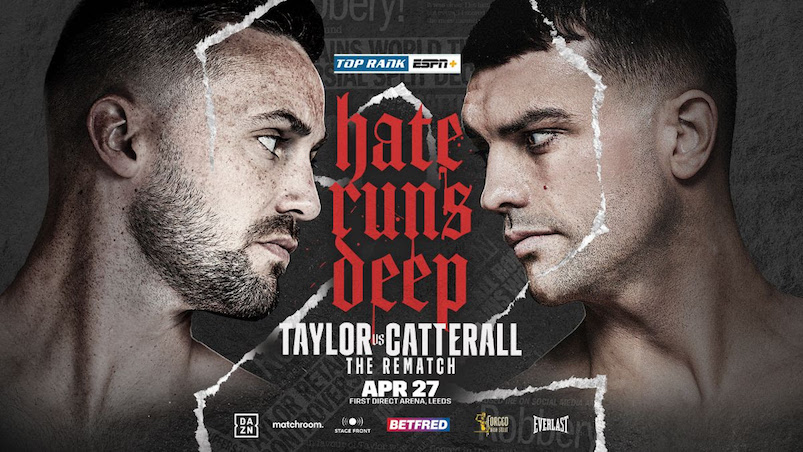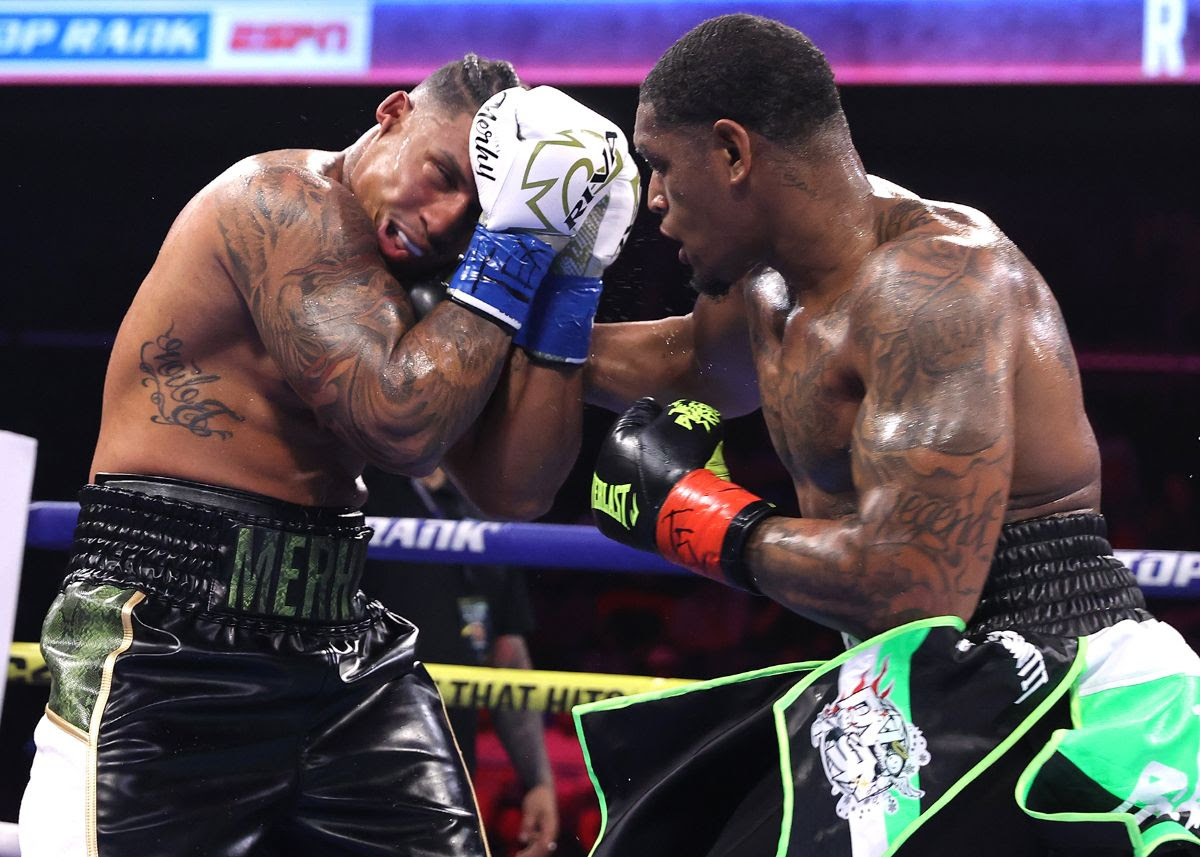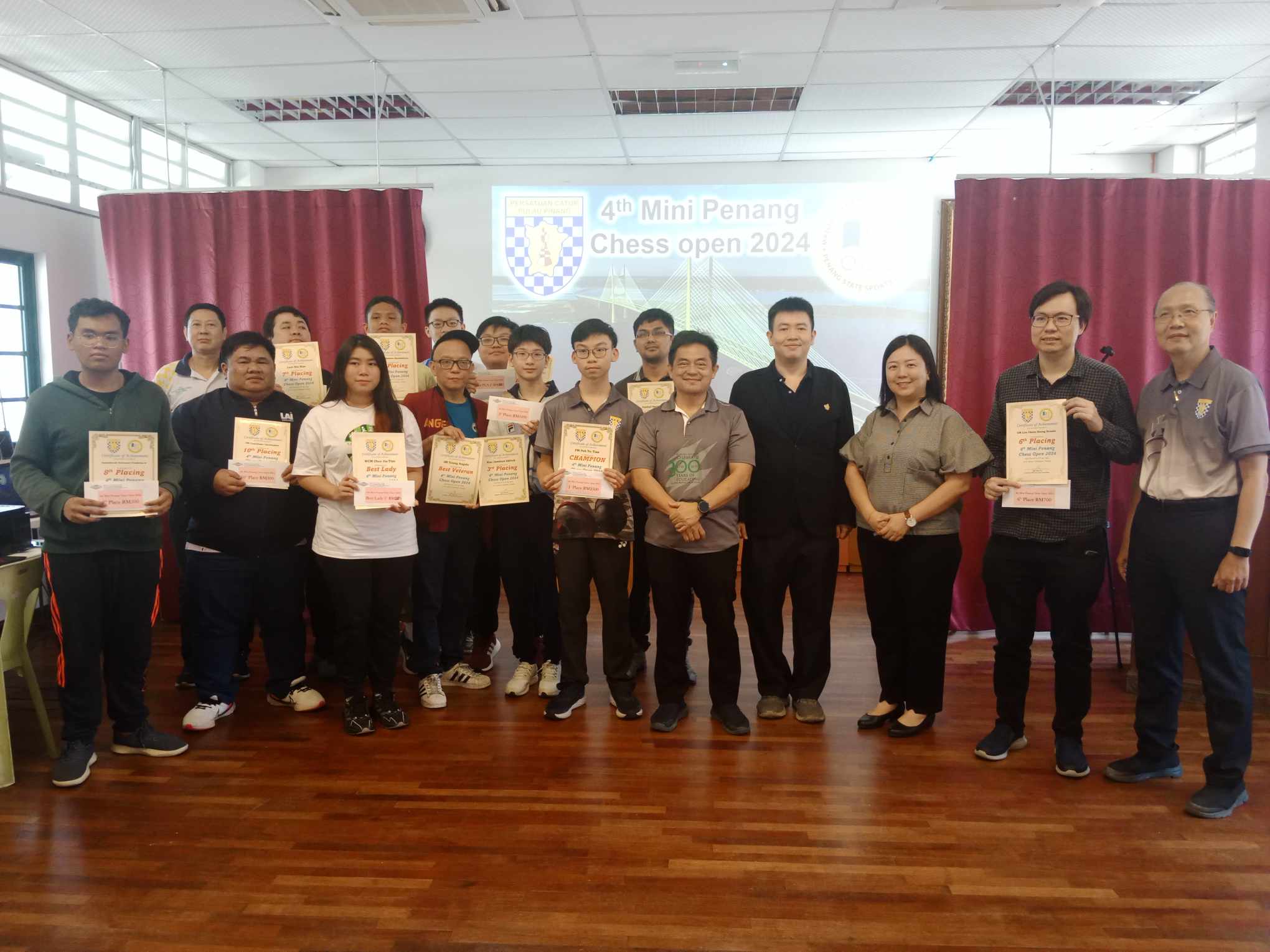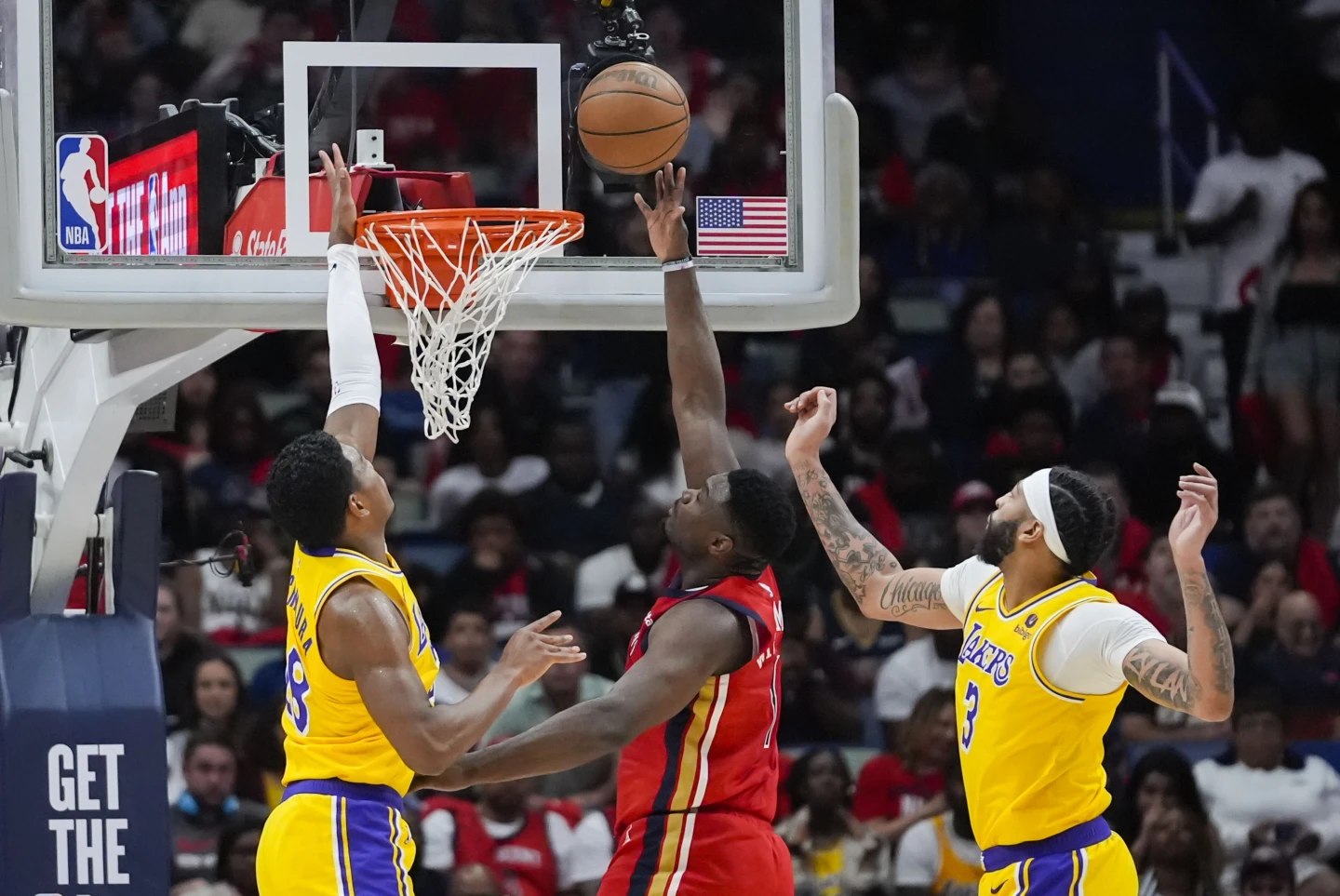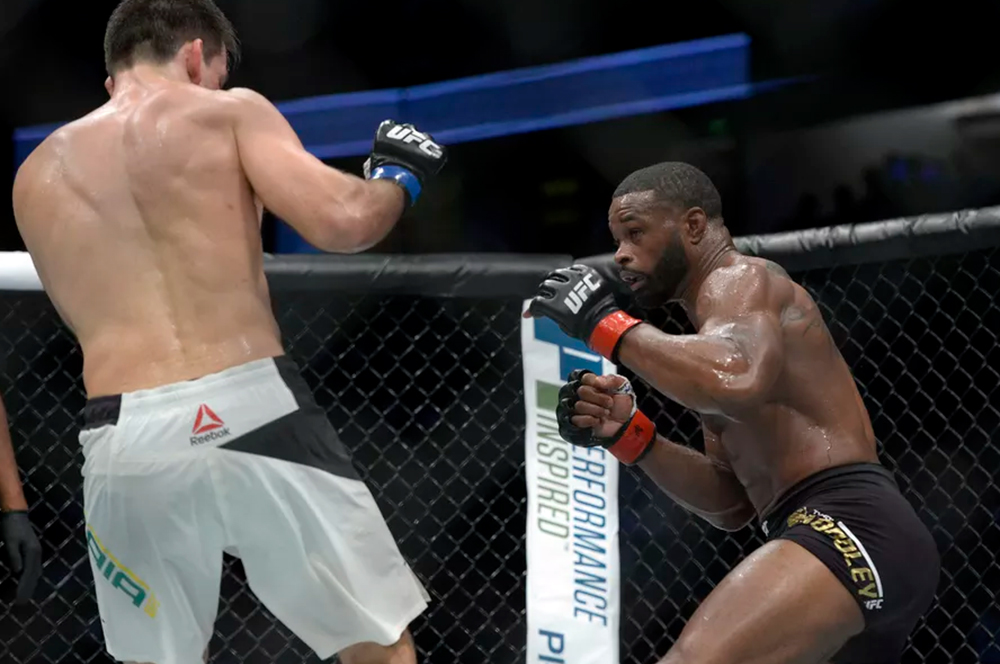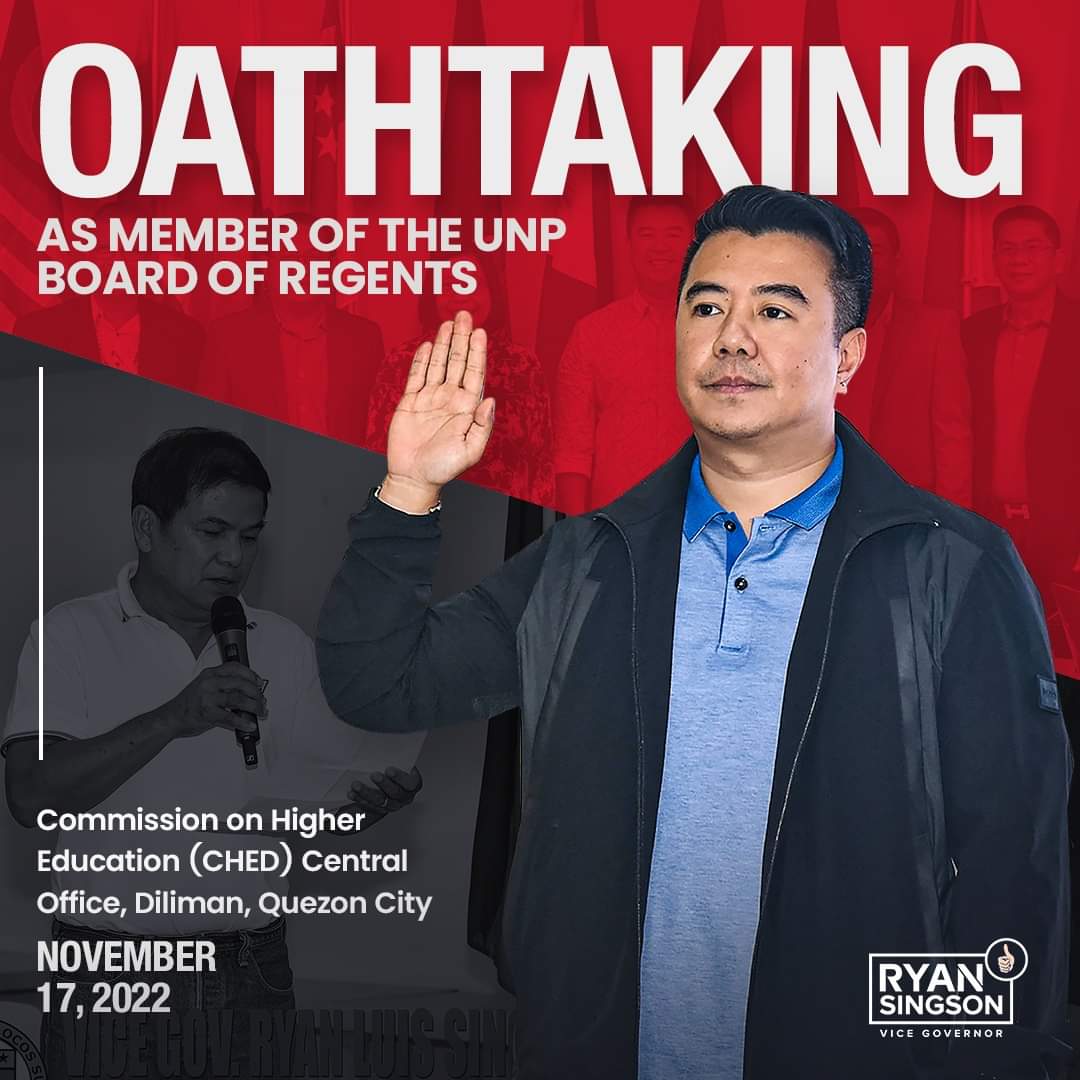Tyron Woodley won convincingly at UFC 214, but did he really employ an optimal strategy?
For many fans, Tyron Woodley’s dominant welterweight title defense against Demian Maia represented a black mark on an otherwise stellar UFC 214 main card. The encounter was largely spent with both men circling each other, in a fight that resulted in the least strikes ever landed in a 25-minute UFC welterweight title fight. The previous record was established just four months prior, during Woodley’s anticlimactic rematch with Stephen Thompson.
While detractors – such as UFC president Dana White – publicly slammed the contest, defenders pointed to Woodley’s incredible defensive wrestling, and the relatively lopsided outcome, to justify the champion’s performance.
‘The Chosen One,’ as the logic goes, fought a near-perfect fight from a technical perspective. He stuffed all 21 of Maia’s takedown attempts while comfortably, if often passively, out-striking him.
Inactivity has become a trend in Woodley’s performances. Once exclusively a top position specialist, he’s come to rely more on his incredible power and hand speed following his move to the UFC in early 2013. While his propensity for knockout punching is undeniable, he often struggles to enact consistent offense during prolonged bouts, and has gradually adopted a more economical style, perhaps due to previous cardio issues.
Completely setting aside the entertainment value (or lack thereof) of the bout, however, did Tyron Woodley employ an optimal strategy against Demian Maia? Specifically, was a low-output approach his most favorable option? There are several ways to look at the question.
The end result was a clean decision, in which Woodley took little in the way of damage. But as with so many things in life, results-oriented thinking does not lend itself well to fight analysis.
A near-optimal outcome is not, in itself, proof of a near-optimal strategy; in the context of a fight “an optimal strategy” can be taken to mean “a strategy with the highest percentage chance of victory.”
Obviously, no athlete is ever a 100% lock. The inherent variance of cage fighting is such that a fighter with every conceivable on-paper advantage can lose a fight that they would otherwise be expected to win an overwhelming majority of the time.
For a fighter concerned only with victory, the natural response to this variance may be to fight exclusively in a way that mitigates immediate risk. There are flaws in this line of thinking, however. A certain level of risk must be accepted to enact offense of any kind. Even the most defensively-minded of fighters are willing to accept this reality. Simply put, these risks are favorable to the fighter in the long-term. Taking on a certain level of danger is beneficial, not detrimental, to their chance of victory.
The reasons for this are two-fold: The first and most obvious being that accepting an active form of risk – the sort a fighter takes while throwing a strike, or attempting a takedown – affords fighters the opportunity to implement offense that can increase their overall chance of victory. The less obvious reason is that accepting active risk can reduce the impact of passive risk.
It may seem strange to view passivity as a risk in itself, but allowing a martial artist –especially one of world championship merit – the time, space, and opportunity to create their own offensive openings can prove costly. Woodley’s aforementioned rematch with Stephen Thompson serves as an excellent example.
Both Woodley and Thompson largely avoided active risk throughout the contest, and each ended up suffering as a result. Thompson, who was more active in neutral space, did just enough probing and prodding to win multiple rounds without making any concerted effort to land fight-altering offense. Woodley – as he had in their first fight – arguably deserved to lose the decision due to his passivity, but was able to capitalize on Thompson’s own inactivity in the bout’s closing rounds.
Giving a power puncher of Woodley’s caliber 25 minutes to find an opening is a dangerous proposition, and in each of their contests he eventually found a home for his crippling right hand. He badly staggered the karateka and almost finished the contest in pivotal moments, without which ‘Wonder Boy’ would likely have secured the welterweight strap.
Likewise, even with these moments to his credit, Woodley came perilously close to relinquishing the title on both occasions due to this inactivity, and could still easily have lost a decision on the judges’ scorecards due to volume alone.
Allow any opponent to hang around long enough and they’ll land something. Conversely, allow an opponent to safely rack up points for long enough and a fighter may run out of time before finding the fight-changing moment they seek. Woodley – even against a relatively un-threatening striker such as Maia – is not immune to these risks, especially when he contests a bout in open space while offering little to threaten the jiu-jitsu wizard.
Gifted enough free strike attempts, Maia would eventually land a fight-changing blow. Given the difference in athleticism and stand-up skill between the two, this could take thousands of attempts, but is no less an important factor to consider. Such is the variance of a fist fight.
There are other elements to passive risk. Each moment spent in the cage is an opportunity to sustain unlikely damage, or even freak injuries. Maia, himself, suffered an eye injury early in the fight that impeded him throughout the contest. Some of the sport’s most methodical fighters have both overcome, and suffered as a result of, unlikely injuries due to the levels of risk they were willing to accept. Take Jon Jones vs. Chael Sonnen as an example of the former, and Georges St-Pierre vs. Jake Shields as an example of the latter.
Jones, who completely outmatched Sonnen, was intelligent but overwhelming in his offense; brutalizing the smaller man on the ground and eliciting a stoppage in the first round, while sustaining little obvious damage. Afterwards, it became apparent for the first time to many onlookers – and Jones himself – that the champion had mangled his toe during a routine grappling exchange. Had the fight reached the end of the first round, there was a strong possibility that the doctor would have called a halt to the bout. There, Jones’ acceptance of immediate risk in order to finish the bout proved to be a critical decision.
St-Pierre, conversely, became less and less effective as his bout with Shields – perhaps even less of a striking threat than Maia – progressed. Repeated eye pokes impaired the then-welterweight champion’s depth perception, and he went on to lose two of the five rounds on two judges’ scorecards. St-Pierre is a safety-first fighter, but he prioritized safety while mitigating risk in the most direct ways possible.
He denied Shields’ preferred angles for takedowns, he jabbed constantly to disincentivize offense, and clinically stripped Shields of his offensive tools. This is in contrast to Woodley’s approach, which lacks that sort of defensive and tactical layering, yet there are several examples of St-Pierre suffering as a result.
Carlos Condit was a dangerous opponent who St-Pierre had largely figured out. He could take him down at will, control him with the can opener on the ground, and brutalize him with elbows from top position. For a few moments in the third round, none of it seemed to matter. A well-timed high kick left the champion reeling, struggling to remain conscious.
The overarching theme here is that, while offense is risky, fighters should not extrapolate from this truth that inactivity is risk-free. When examining Woodley’s performance from a purely technical perspective, it is important to consider not just the result, but the possibilities to which he opened himself up. The same possibilities that almost cost him in both bouts with Stephen Thompson.
Spend enough 25-minute bouts hesitating to attack, and eventually the big shots won’t come. Either an opponent’s pace will earn them a decision, or their big shots will come.
With this in mind (in a vacuum) Woodley’s strategy against Maia was not necessarily wrong. No one can fight a truly optimal fight, but some approaches are closer than others. The idea that slowing a fight to a snail’s pace is a safe and effective strategy is one that deserves intense scrutiny. That Woodley’s refusal to pursue the finish against a half-blinded, outmatched Maia was inherently a good decision is no less worthy of critical observation.
Should Woodley continue his trend of allowing opponents open space to work, especially without employing a layered, adjustment-heavy game to mitigate the risks that entails, it’s a matter of when, not if, it comes back to haunt him.


